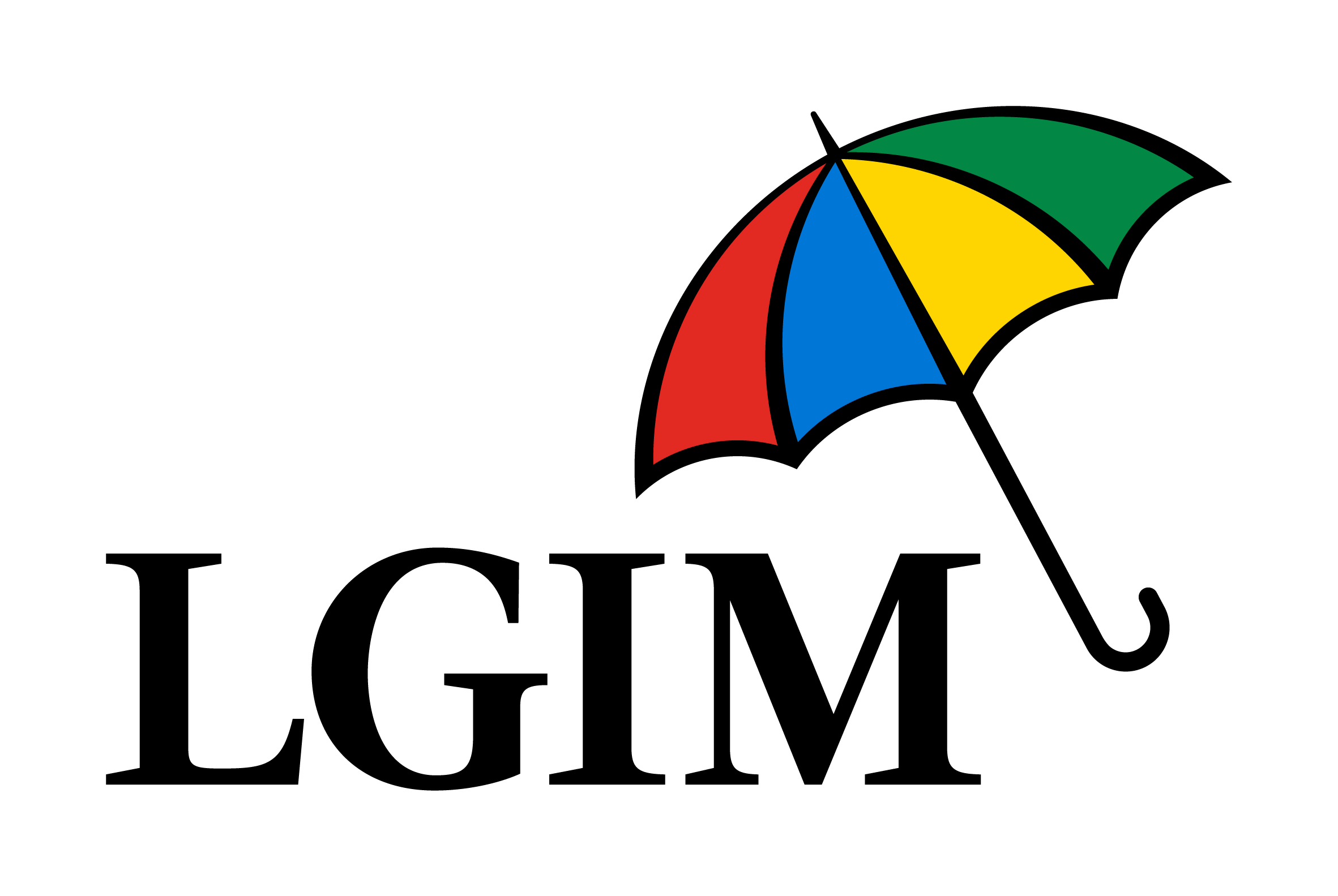This has been a ground-breaking year for the European ETF market both in terms of the new eyes turning to the industry and the sheer range of new niches that can be accessed through the ETF wrapper.
Not only did the continent surpass its record for annual ETF inflows with four months to spare but almost half of all this new money flowed into products with an environmental, social and governance (ESG) label, while the thematic ETF industry has exploded to eight times its size in 2017.
Looking at new entries, 2021 set yet another annual record with 476 launches so far this year, with these products alone accounting for€14.7bn in new money, according to data from Bloomberg Intelligence.
Against this sensational backdrop, ETF Stream reflects on a record-breaking 12 months by selecting the year’s five best ETF launches.
1. L&G Hydrogen Economy UCITS ETF (HTWO)
Commencing our list is HTWO which launched in February and was crowned ‘ETF Launch of the Year’ at ETF Stream’s inaugural ETF awards. Entering as Europe’s first hydrogen ETF, HTWO gathered $560m assets by 12 December, the highest inflows of any thematic ETF launched this year.
With a total expense ratio (TER) of 0.49% and tracking the Solactive Hydrogen Economy index, HTWO offers exposure to 32 companies involved in the production of clean hydrogen and those manufacturing products which rely on hydrogen for fuel.
At launch, the ETF faced the same conundrum as many other thematics – trying to balance purity and diversification. This saw it draw criticism for being over-concentrated in a handful of hydrogen-focused stocks, such as 22% to FuelCell Energy alone, as well as allocating to companies where hydrogen is only a peripheral source of revenues, including Toyota, Daimler and Hyundai.
However, HTWO’s underlying index has undergone some changes since launch, adding four constituents and reducing its largest single-stock weighting to 5.2% in PlugPower. Also worth noting is when playing future themes, many of the dominant players will emerge over time so exposure to some diversified large caps is reasonable, especially when they are spending billions of dollars on activities associated with the ETF’s underlying theme.
Aside from anything else, HTWO has certainly captured the imagination of investors this year.
2. SparkChange Physical Carbon EUA ETC (CO2)
Next is CO2, the world’s first physical carbon European Carbon Allowances (EUA) exchange-traded product (ETP) which came to market in November.
With a fee of 0.89%, CO2 tracks the price of EUAs which offer investors exposure to the European Commission’s “permits to pollute” that companies must purchase as a cost of their polluting activities.
The supply of EUAs falls each year as the Commission reduces its issuance of the credits and any permits held for 12 months causes additional permits to be cancelled in future years. This inbuilt scarcity is supportive to valuations and saw the price of EUAs shoot up 192% in the three years prior to the launch of SparkChange’s ETP.
The added appeal of CO2 as a product is it offers a unique way to play green investing. Because of its physical replication, assets flowing into the ETP add additional strain to the supply of EUAs. In fact, in just its first four weeks, CO2 amassed more than $100m assets under management (AUM), meaning more than a million tonnes-worth of carbon permits were withheld from would-be polluters.
3. iShares China CNY Govt Bond UCITS ETF (CGBI)
Third is the younger sibling of the extremely successful $11.3bn iShares China CNY Bond UCITS ETF (CNYB), CGBI, which launched in April.
With a fee of 0.25%, CGBI tracks the FTSE Chinese Government Bond index which is a concentrated play targeting 24 bonds issued by the Chinese government, with a weighted average maturity of seven years.
Capitalising on a rolling trend in favour of Sino sovereign debt, CGBI amassed $1bn assets during its first four months and has $1.8bn AUM, as at 12 December.
By August, Chinese government bonds hit record highs for their fifth consecutive month, according to data from China Depository & Clearing Co (CDCC), with western investors increasingly seeking out the exposure as part of a hunt for consistent and reasonable yields.
4. Rize Environmental Impact 100 UCITS ETF (LIFE)
Our penultimate ETF launch is the $15m LIFE which debuted in July as a holistic approach to dark green impact investing.
Carrying a TER of 0.55%, LIFE tracks the Foxberry SMS Environmental Impact 100 index of 100 companies spanning clean water, energy efficiency, circular economy solutions, renewable energy equipment, pollution control, electric vehicles, nature-based solutions, climate resilience, hydrogen and alternative fuels.
LIFE’s scattershot approach to offering a small view of various sustainable industries means not only can an investor hedge against the idiosyncrasies – and potential volatility – within each subtheme but also means they gain access to the world of impact investing in just one transaction.
As an added bonus, LIFE is Sustainable Finance Disclosure Regulation (SFDR) Article 9 compliant and is designed to target six of the environmental objectives set out in the Commission’s Taxonomy for Sustainable Activities. LIFE will also change over time as both of these regulations mature.
5. L&G Multi-Strategy Enhanced Commodities UCITS ETF (ENCO)
Rounding out the list is the $423m ENCO, which launched in July and offers a tactical twist to the typical commodity basket exposure.
Charging a fee of 0.30% and tracking the Barclays Backwardation Tilt Multi-Strategy Capped Total Return index, ENCO offers futures-based exposure to energy, precious metals, industrial metals, livestock and agriculture.
It then overlays this with a multi-factor strategy, the crux of which is a cyclical and seasonal focus that means it rolls futures contracts at specific points during the market cycle.
ENCO’s underlying index targets seasonal futures contracts on commodities such as heating oil, gas oil and natural gas at key points in the production and demand cycle.
It then applies a roll yield factor to invest in energy and industrial metals futures at the most favourable positions with the most favourable implied roll yield.
Finally, it factors in momentum on agriculture and livestock commodities – which have historically been affected by crop yields, weather and breeding cycles – by investing in futures contracts with the highest annual outperformance versus the nearby futures contract.







